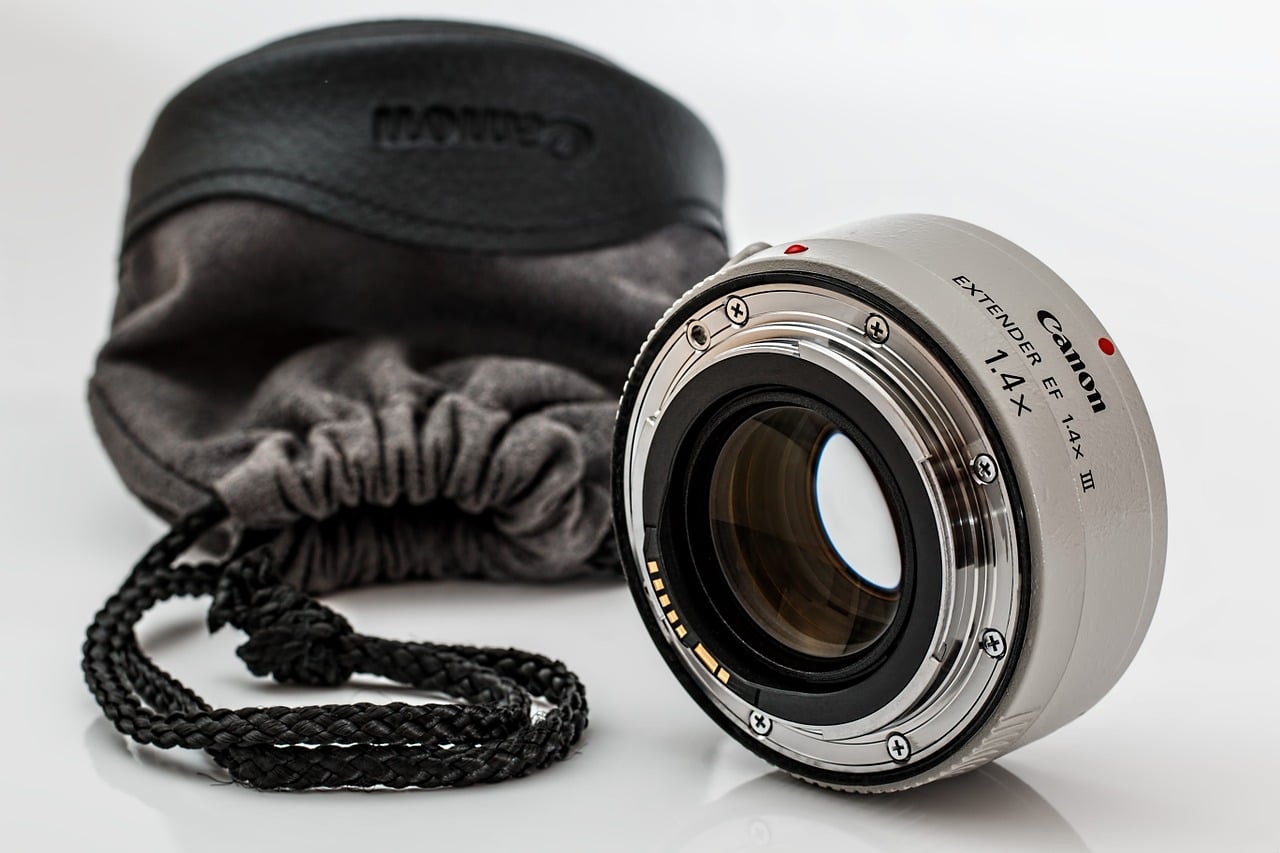Best Nikon Z5 / Z6 / Z6 II Lenses
Estimated reading time: 6 minutes
Table of contents
In this article, I’ll examine every Nikon Z lens, as well as some F-mount lenses, to see how they perform on the Z5, Z6, and Z6 II.
First and foremost, I’d like to clarify something. On a low-resolution sensor, bad lenses don’t get any sharper or better. Instead, when you don’t have as many pixels, the difference between good and great lenses becomes narrower; you can’t see minor differences or flaws in the lenses as easily.
As previously stated, these recommendations are solely based on the sharpness numbers measured in the Photography Life lab (see the full list of lenses we’ve tested here). This means that lenses we haven’t measured, as well as lenses with other good qualities but aren’t tack-sharp, aren’t included in this article. Take this article as a starting point for comparing baseline sharpness, not as a replacement for more detailed reviews.
So, let us take a look at our suggestions. I’ll begin with Nikon Z lenses and progress to F-mount lenses that can be adapted with the FTZ adapter.
Z-Mount Lenses
Highly Recommended for the Z5, Z6, and Z6 II
Nikon 14-24mm f/2.8 S
Nikon 14-30mm f/4 S
Nikon 24-70mm f/2.8 S
Nikon 24-70mm f/4 S
Nikon 70-200mm f/2.8 S
Nikon 20mm f/1.8 S
Nikon 24mm f/1.8 S
Nikon 35mm f/1.8 S
Nikon 50mm f/1.2 S
Nikon 50mm f/1.8 S
Nikon 58mm f/0.95 S
Nikon 85mm f/1.8 S
Nikon MC 105mm f/2.8 S Macro
Recommended for the Nikon Z5, Z6, and Z6 II
Nikon 24-50mm f/4-6.3
Nikon 24-200mm f/4-6.3, though “highly recommended” at 35mm and 50mm focal lengths only
Not Yet Measured in Lab
- Nikon MC 50mm f/2.8 Macro
- Nikon 28mm f/2.8
- Third-party Z-mount lenses
The 14-30mm f/4 S and 24-70mm f/4 S are the additional lenses that made the cut “highly recommended” this time. These two lenses aren’t as sharp as the others, but the 24-megapixel sensor helps to even things out enough to make the differences less noticeable. The 24-200mm f/4-6.3 is also barely “highly recommended,” but only at the 35mm and 50mm focal lengths.
This isn’t to say that the 24-50mm and 24-200mm lenses aren’t good. In fact, the main travel lens on my Nikon Z6 is 24-200mm. However, assuming good enough technique, you’ll definitely notice some sharpness differences between those lenses and the others when comparing them side by side.
Let’s take a look at the F-mount lenses that are “highly recommended” for the Nikon Z5, Z6, and Z6 II. On the 45-megapixel cameras, only about a dozen F-mount lenses meet that standard, but there are several more this time. I’ll include a link to our review of the lens in question where applicable.
F-Mount Lenses
In the first place, there are so many F-mount lenses available, and we haven’t tested them all in the lab (especially third-party lenses). Keep in mind that the following suggestions are solely based on sharpness, and there may be other reasons you want a lens in practice. Nonetheless, here’s the rundown:
Sigma 14mm f/1.8 A
Nikon 14-24mm f/2.8G
Nikon 19mm f/4E PC
Nikon 20mm f/1.8G
Nikon 24mm f/1.4G
Sigma 24mm f/1.4 A
Nikon 24mm f/1.8G
Sigma 24-35mm f/2 A
Nikon 24-70mm f/2.8G
Nikon 24-70mm f/2.8E
Nikon 28mm f/1.8G
Nikon 35mm f/1.8G
Tamron 45mm f/1.8
Nikon 50mm f/1.4G
Nikon 50mm f/1.8G
Sigma 50mm f/1.4 A
Nikon 70-200mm f/2.8G II
Nikon 70-200mm f/2.8E
Nikon 70-200mm f/4G
Nikon 85mm f/1.4G (our review)
Nikon 85mm f/1.8G (our review)
Tamron 90mm f/2.8 (our review)
Nikon 105mm f/1.4E (our review)
Sigma 120-300mm f/2.8 (our review)
Nikon 300mm f/4E PF (our review)
Nikon 500mm f/5.6E PF
Any of Nikon’s exotic super-telephotos (see our reviews of the 300mm f/2.8, 500mm f/4, and 800mm f/5.6, among others)
All Zeiss Otus lenses and many other Zeiss lenses that we haven’t lab tested
Naturally, some lenses that didn’t make the cut could still be the best fit for your needs. When compiling the list above, I chose an arbitrary cutoff: In our Imatest tests, the lens must have at least one focal length/aperture combination with a score of at least 2900 in the center, 2200 in the midframe, and 1900 in the corners. These numbers aren’t particularly noteworthy in and of themselves, except as a means of establishing a hard cutoff that is neither too strict nor too lenient.
As a result, some lenses were passed over if we hadn’t measured them on Imatest or if their numbers were just slightly low. This isn’t to say they’re bad lenses. The Nikon 58mm f/1.4G, for example, simply does not achieve those corner sharpness numbers, but does it need to? It’s a great portrait lens for capturing beautiful bokeh, and the corners are usually out of focus.
The final point I’d like to make concerns adapted lenses. If you’re already willing to use these F-mount lenses with the Nikon FTZ adapter, you should keep your options open and look at lenses designed for cameras other than Nikon. You can use other lenses, such as Canon EF and Sony FE, on the Nikon Z system with a third-party adapter that works similarly to the FTZ, while retaining autofocus in some cases. We haven’t tested any of those lenses in the lab, but some of them are seriously good and worth considering if you have the appropriate adapter.
For the Nikon Z5, Z6, and Z6 II – both Z-mount and F-mount – there are dozens of lenses with excellent sharpness. Again, sharpness isn’t the only factor to consider when selecting a lens, but you can rest assured that the lenses listed above are “sharp enough” that you can focus on their other features instead.
If you’re looking for maximum sharpness (or you’re using a Nikon Z camera with more than 24 megapixels of resolution), our Best Lenses for Nikon Z7 and Z7 II article may be a better fit. That article dissects some of the minor sharpness differences between these lenses, ultimately eliminating a lot of F-mount glass that doesn’t quite make the cut.
In any case, I hope you found this article helpful in selecting a lens set for your Nikon Z5, Z6, or Z6 II. If you have any questions about why certain lenses made or didn’t make the cut, I’ve used the majority of these lenses personally, so just ask me below. Remember that we haven’t tested every lens on the market at Photography Life, so if it’s not on our lens review list, I’m not sure if it would make the cut or not.
Note: If you want to make some adjustments to the photo just let me know. I can do it for you at a very low cost. You can hire me to edit your photo.
latest post
- Best AI Tools for Project Management
 For effective project management, ClickUp, Monday.com, Notion, and Asana are excellent AI tools that help you complete your projects with minimal context switching.
For effective project management, ClickUp, Monday.com, Notion, and Asana are excellent AI tools that help you complete your projects with minimal context switching. - Best AI Tools to Convert Text to Video
 Some of the top AI tools for transforming text into video include Synthesia, VEED, Lumen5, and Invideo. These platforms allow you to craft impressive videos using customizable templates and voiceover options.
Some of the top AI tools for transforming text into video include Synthesia, VEED, Lumen5, and Invideo. These platforms allow you to craft impressive videos using customizable templates and voiceover options. - Starlink Satellite Internet
 SpaceX’s Starlink satellite internet provides seamless connectivity even in the most remote locations. Discover how Starlink satellites operate, their internet speeds, availability, and pricing options.
SpaceX’s Starlink satellite internet provides seamless connectivity even in the most remote locations. Discover how Starlink satellites operate, their internet speeds, availability, and pricing options. - Photo Editing for Christmas
 Make your Christmas photos better with Rainx. Discover ideas and tips for taking unique Christmas pictures.
Make your Christmas photos better with Rainx. Discover ideas and tips for taking unique Christmas pictures. - Wireless Technology
 Ixana highlights the advantages of Wireless Technology, noting that Wi-R Technology allows for connections with touch while consuming 100 times less energy than Bluetooth or Wi-Fi, all while supporting wearables that don’t require charging.
Ixana highlights the advantages of Wireless Technology, noting that Wi-R Technology allows for connections with touch while consuming 100 times less energy than Bluetooth or Wi-Fi, all while supporting wearables that don’t require charging.







